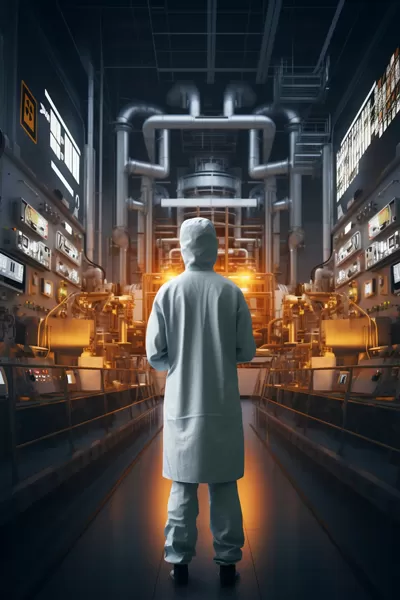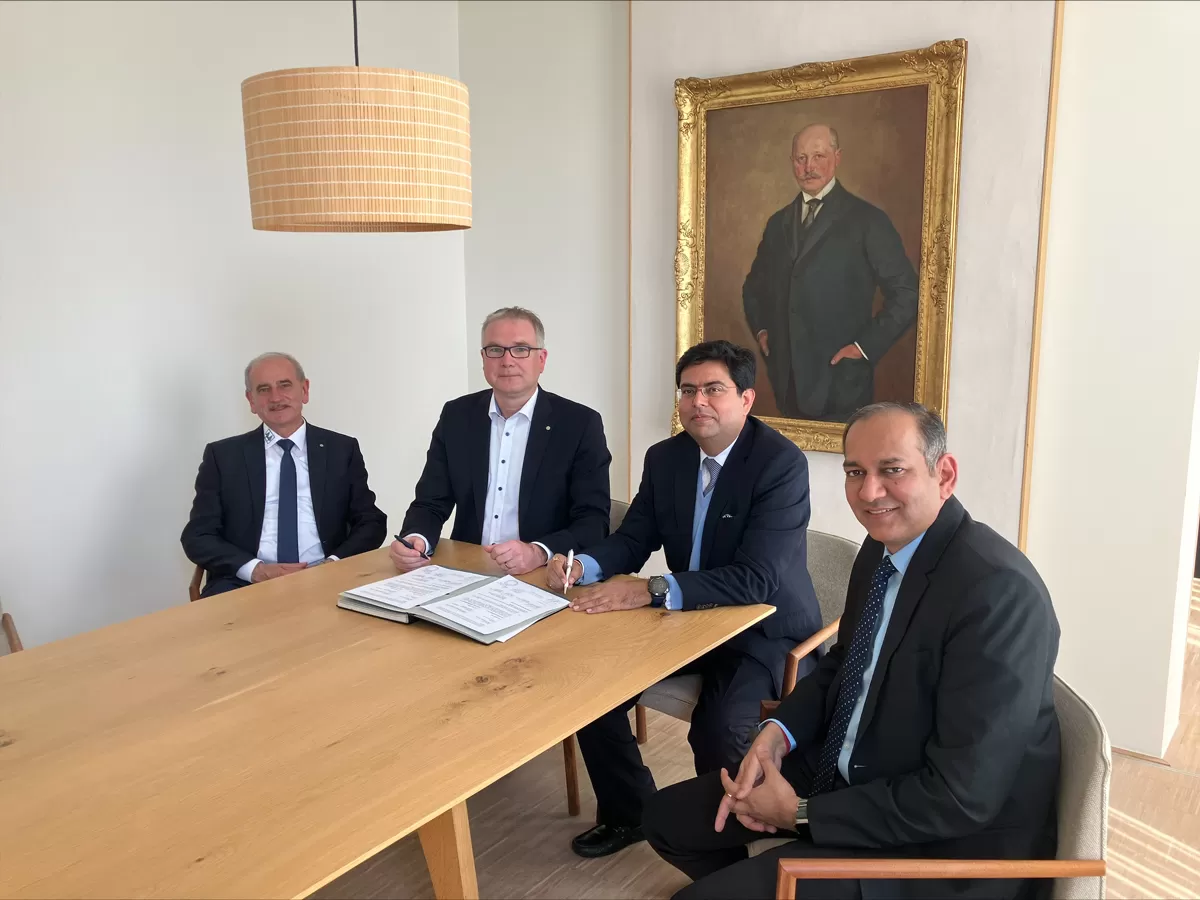No nation can achieve great heights without the right infrastructure. It adds buoyancy to private enterprise and gives it the requisite impetus. Yet, each bid for infrastructure projects is greeted by remonstrations and protestations. There are lessons to be learnt from these controversies challenging the actions of the state.
Nagpur Metro Rail project
After Kochi, it was Nagpur's time to spruce up its act. So the Nagpur Metro Rail Corporation invited tenders for construction of a viaduct along the East-West Corridor (between Jhansi Rani Square and Lokmanya Nagar Stations) of its rail project. Among the bidders was the JV between Guangdong Yuantian Engineering Company of China and Tata Projects (GYEC/TATA). However, its bid was rejected. And that's how it all started in Afcons Infrastructure v/s Nagpur Metro Rail Corporation & Anr.
There is no doubt that the Nagpur Metro Rail Corporation is an instrumentality of the state. The definition laid down in Article 12 of the Constitution of India has been interpreted so many times that no one is spilling any ink over it any longer. The Corporation's action, therefore, ought to be reasonable. Above all, it cannot ignore our Constitution's mandate particularly Article 14 viz.
Article 14: The State shall not deny to any person equality before the law or the equal protection of the laws within the territory of India...
The decisions of state agencies are vulnerable to challenge before the Constitutional Courts on the grounds of breach of the Constitution. And that's where the rejected JV sought redress. Our High Courts and the Supreme Court of India are the only fora that can entertain matters pertaining to the Constitution. And, time and again, they have exercised great caution being wary of stepping over the executive's toes.
The tender condition under scrutiny
The Nagpur controversy revolved around one of the terms of the tender documents. That condition is reproduced below:
'Specific Construction Contract and Management Experience:
A minimum number of similar contracts specified below that have been satisfactorily completed as a JV member during the last 10 years ie up till May 31, 2016.
(a) Should have received minimum Rs 3,200 million from one contract in a metro civil construction work and should have completed viaduct length not less than 5 km in the same contract.'
The JV GYEC/TATA had executed the Pearl River Delta Intercity High Speed Rail Project in China for which it had received Rs 3,200 million.
It had also constructed a viaduct of 7.284 km. Therefore, the dispute was over the interpretation of metro civil construction work. Semantics came into play. There was much hair-splitting over whether high-speed rail project and metro rail meant the same thing. Frankly, definition 'metro railway' in the Metro Railways (Operation and Maintenance) Act, 2002, is wide enough to cover high-speed intercity rails. The pettifogging was truly unnecessary.
Words in tender sacrosanct
But, the Apex Court went back to 1979 (Ramana Dayaram Shetty v/s International Airport Authority of India) and resounded its earlier diktat: The words used in the tender documents cannot be ignored or treated as redundant or superfluous. Therefore, the Supreme Court laid down that the use of the word 'metro', in ordinary parlance, could not be overlooked. He who drafts the tender documents would naturally be the best person to interpret it. Even if there is a doubt or ambiguity about the project proponent's interpretation, the Constitution Courts must refrain from substituting its wisdom with that of the administration.
The Apex Court refused to supersede Nagpur Metro Rail Corporation's decision of rejecting the bid.
When can one expect redress from the Constitutional Courts in case of rejection of tenders?
Only in cases of mala fides, intention to favour someone, arbitrariness, irrationality, or perversity will the courts interfere with the state's decision or the decision making process. Tata Cellular v/s UOI [(1994) 6 SCC 517] throws up several instances of such mala fides. These instances may be (a) the bid documents prescribe minimum reliance on commercial borrowings and the company with no commercial borrowing is given least marks,
(b) the selected bidder does not have the requisite experience whilst the rejected ones do, (c) the selection criteria is changed midway in favour of a select few. However, it may be borne in mind that the rejection of the highest bid need not vitiate the tender process. Here's a succinct quote from State of UP vs Vijay Bahadur Singh (1982) 2 SCC 365 decided by the Supreme Court.
'There is no reason why the power vested in the government to refuse to accept the highest bid should be confined to inadequacy of bid only. There may be a variety of good and sufficient reasons, apart from inadequacy of bids, which may impel the government not to accept the highest bid. In fact, to give an antithetic illustration, the very enormity of a bid may make it suspect. It may lead the government to realise that no bona fide bidder could possibly offer such a bid if he meant to do honest business.'
All eligible bidders can be made parties to the proceedings filed by an unsuccessful bidder
The case of Nagpur Metro Railway is significant for yet another reason. This time, the Apex Court clarified that it would be appropriate for the Constitutional Courts to insist on all eligible bidders being made parties to the proceedings filed by an unsuccessful bidder. The eligible bidders may be able to bring out the technical nuances of the matter and be better placed to prove how they are technically superior to their competitors - a veritable debate in an unprejudiced forum.
Fools rush in where angels fear to tread. Every rejection is not a cause good enough for litigation. Sometimes, the best solution is to be simply gracious in loss and magnanimous in victory.
About the author:
Divya Malcolm, is a Principal Associate at Kochhar & Co, a full service law firm with an international and pan-India presence and a niche real-estate practice.
To share your views on this article, write in at feedback@ConstructionWorld.in



















